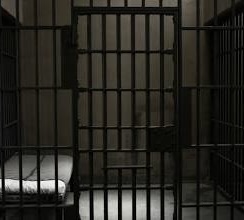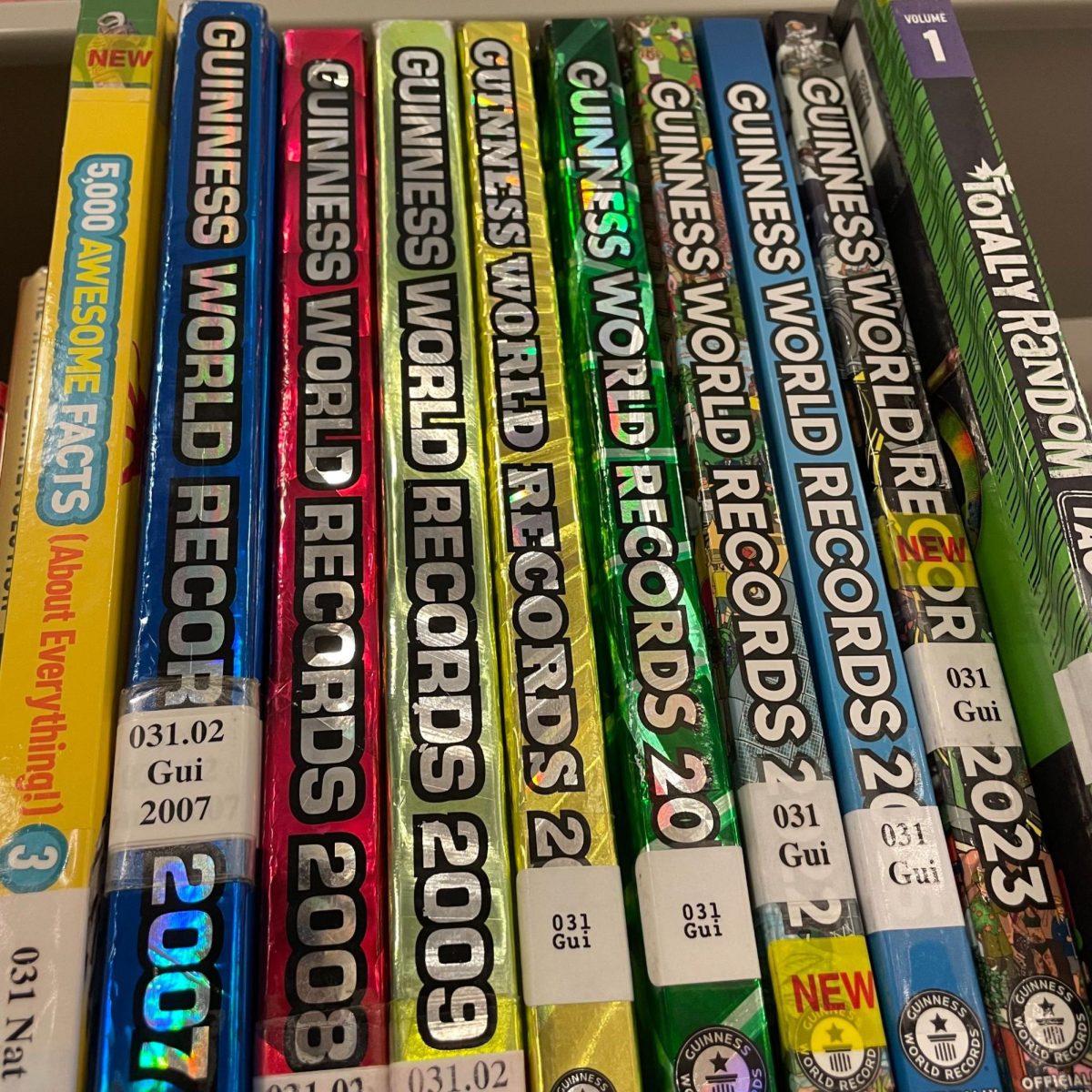While some may argue that the Latin alphabet is the easiest one in the world with only 26 letters (5 vowels and 21 consonants), one which millions of people use and read every day, and one which dozens of languages have based their literary traditions on for hundreds of years, there is another alphabet in the world that challenges this notion, that being the Korean alphabet, Hangeul. Hangeul has 24 characters with 10 basic vowels and 14 basic consonants. While it does have twice the amount of vowels as the Latin alphabet, Korean notably has fewer consonants and fewer total characters making it simpler in concept.
Many people are likely accustomed to how the Latin alphabet is written, as it places the order of pronunciation from left to right on horizontally stacked lines. Interestingly, Korean often follows a similar horizontally stacked line pattern, but noticeably has its characters clustered in groups of syllables, sort of like a syllabary (a set of written characters representing syllables which takes on the role of an alphabet). Hangeul is noticeably one of the only alphabets that employs a structure like this. If we are to compare it to Hiragana, the native Japanese alphabet that is also a syllabary, ひらがな (hi-ra-ga-na), it has an individual character for each syllable. However, Hangeul, 한글 (han-geul), like the Latin alphabet, has an individual character for each vowel and consonant but organizes it by syllables. Hangeul combines both aspects of the two alphabets to form a distinct alphabetic syllabary. This in turn allows Hangeul to have greater flexibility in phonetic spelling while making it easier to read.
But aside from the alphabet’s uniqueness and structure, Hangeul is quite easy to learn as when considering the alphabet’s history, it was intended to be so. Sejong the Great (the man represented in the image above), is considered to be Korea’s all-time greatest king for not only his economic, scientific, and cultural reforms but also his creation and introduction of a native Korean alphabet. For context, Korea had, for centuries, used the Chinese alphabet as the country’s literary tradition, known as Hanja. King Sejong created this alphabet because studying Chinese characters was a difficult and time-consuming task, one which the majority of Koreans, who were primarily peasants, could not afford the effort or education to learn. This is why Sejong sought to create an easier alphabet, but also one that made more sense for the Korean language itself. Hangul was first developed in 1443 intentionally as an easy-to-learn alphabet. King Sejong based the characters on symbols that represent the phonetic sounds they made or how the shape of the speech organs produced them.
While not widely adopted until centuries later, in the early twentieth century, the introduction of Hangeul into the Korean language saw a massive jump in literacy rates from 1945 to 2024, while South Korea saw an exponential increase from a low of twenty-two percent in literacy rates in 1945 to a high of ninety-eight percent in 2024. If these statistics are not convincing enough of Hangeul’s effectiveness, then I can personally attest to the claim that “you can become fluent in Hangeul in a week or less.” It has certainly left a lasting impression on how I view the Latin alphabet, which made me question how somewhat unnecessary and surprisingly similar the “F” and “V” sounds were. Hangeul is certainly worth checking out.








